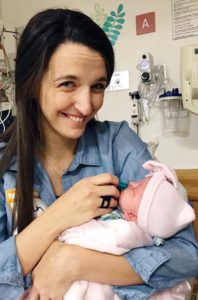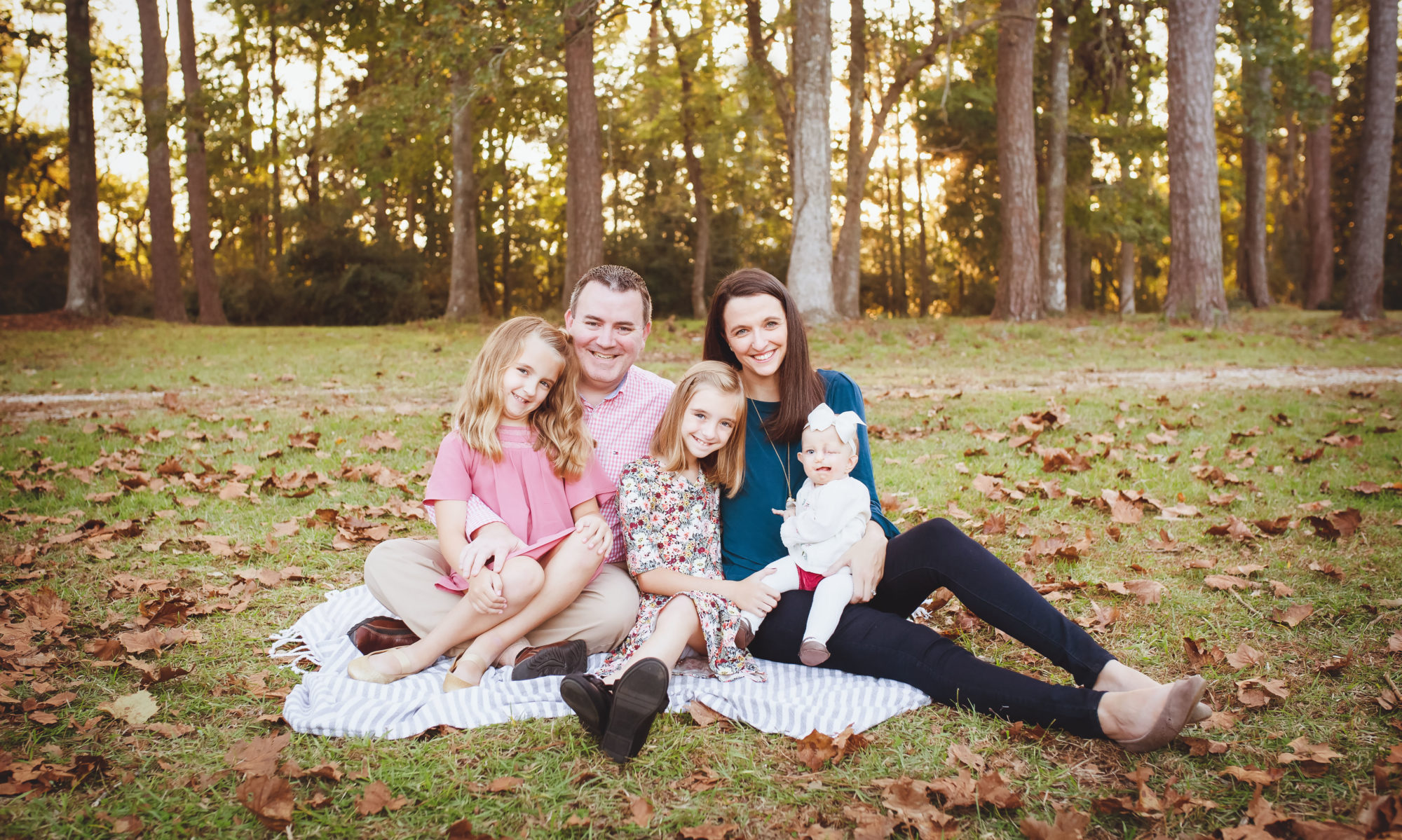The day we have been waiting for is finally here, Julia’s bladder surgery. Sean is working on some posts to update everyone on our journey to this point, but for those of you who do not know why she is having surgery I will quickly fill you in. At our 16 week ultrasound the ultrasound techs and doctors at MUSC couldn’t see her bladder. After some follow up imaging and a trip to Boston Children’s Hospital, we learned our little princess has bladder exstrophy. So she has a bladder, but it’s on the outside of her body. Today, some of the top medical professionals will repair her bladder.
This morning Sean, Julia, and myself got to Boston Children’s Hospital at 6am for a 7:30am surgery. Julia was in a great mood during the Uber ride to the hospital, even FaceTimed Papito & Mimi, then quickly fell back asleep upon arrival. As soon as we were checked in I took her out of her carseat and just held her as long as I could. Sean and I were concerned she would start getting restless before her surgery as her last bottle ended at 3:13am (3:30am was her cutoff). Thankfully she just slept peacefully in my arms the whole morning.
Doctors and nurses made their rounds filling us in on how the day would proceed. The communication, attention to detail, and genuine care everyone showed for Julia was amazing. Anesthesia, general surgery, orthopedics, and urology all worked together to make sure Sean and I were informed and that they had their multiple plans in place. When one of the nurses did her final review and was ready for me to pass Julia to her, our sweet little princess gave us a big smile. After tearful kisses she was on her way.
For the last eight hours Sean and I have been sitting in a waiting room. We were told the surgery would take about six hours, once the surgery actually begins. A once full waiting area has slowly been dwindling as each child’s surgery is completed. The updates throughout her surgery have definitely helped pass the time. So far our sweet Julia is doing wonderfully. We will update you again as soon as we can. Thank you for keeping our little family in your thoughts and prayers! xoxo, Tori

